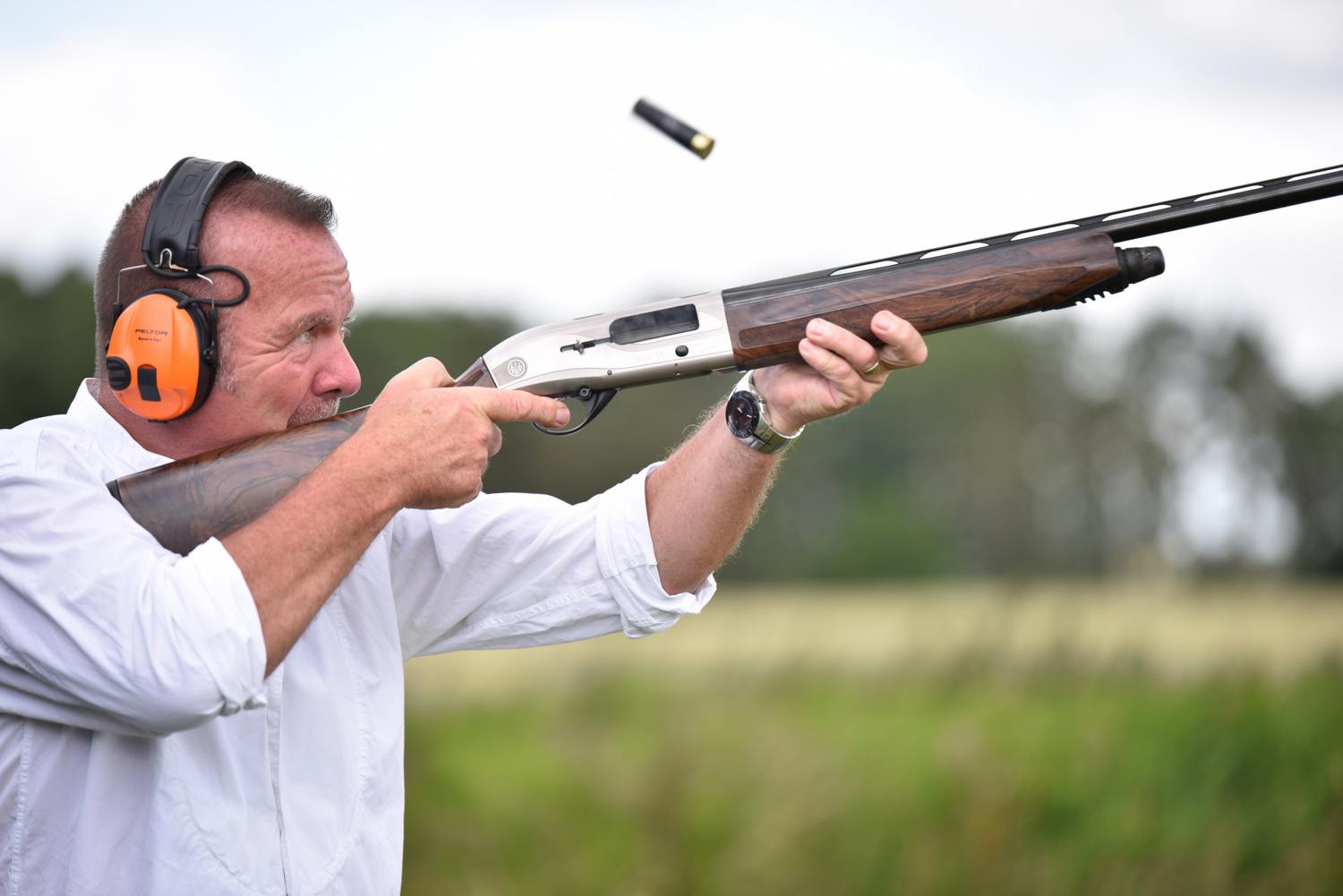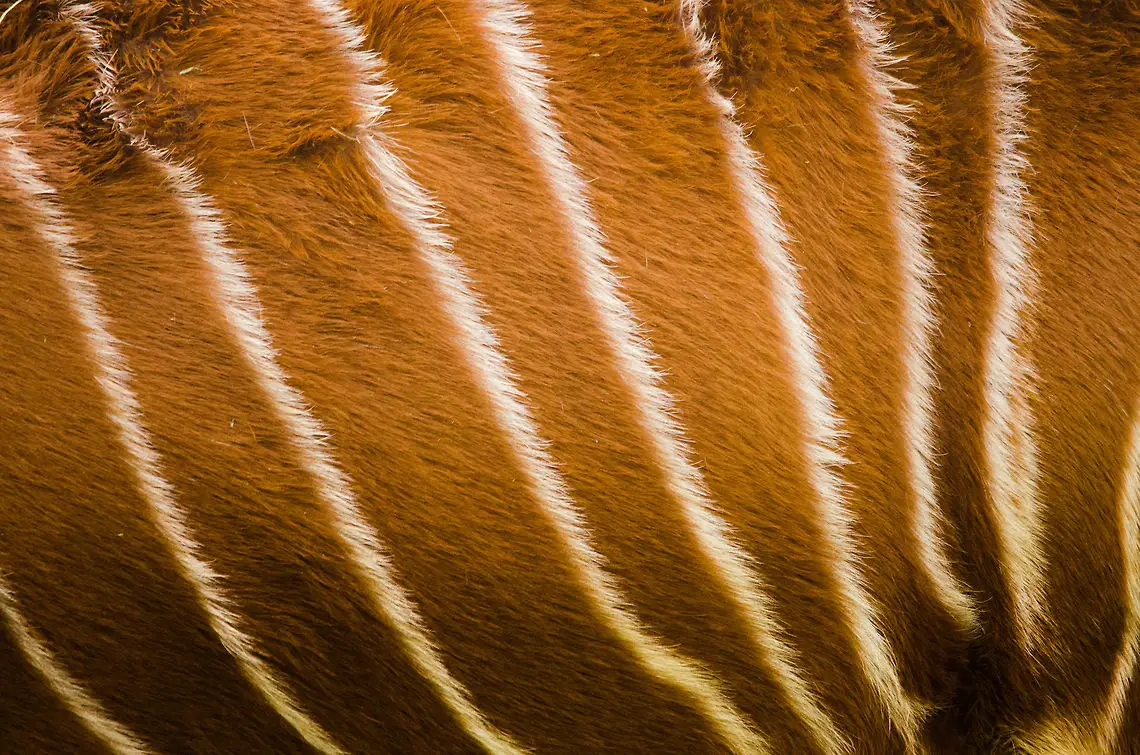Carry Firearms Safely During Hunting Season with these Top Tips
It is estimated that there are around 14 million hunters in the United States alone. While hunting may still be one of the nation’s greatest pastimes, it seems like younger generations are trading in rifles for iPhones and computers. Generation Z has sadly become a bit detached from the natural world as they become enveloped by technology and living a life indoors. Whether you agree with hunting or not, hunting allows many to experience the great outdoors and gain a better understanding for our natural world.
Hunting is essential to maintain healthy and sustainable populations of certain animals and actually helps to promote conservation in many ways. Many hunters have a great appreciation and respect for nature and wildlife and encouraging their kids to follow in their footsteps is a way we can continue this connection to the natural world. Of course safety is paramount when hunting and knowing how to carry and store your firearms is necessary to ensure the safety of you, your family, and others.
Many states have no hunting age requirements, although children of a certain age may need to be under the supervision of a hunter with a valid hunting license. Hunters may also need to go through hunter education/safety courses before they head out into the field. Before you begin carrying a big gun like a rifle, check out our important safety tips for carrying, shooting, and storing your firearms and ammunition to ensure a safe and enjoyable hunting trip.


Gun Storage and Cleaning
Gun safety starts before you even begin to think about hunting in the field. Properly storing and cleaning your firearms after every use is critical for making sure your guns work properly and so they don’t fall into the wrong hands. You will want to invest in items like a gun vice which will make cleaning up your firearm a quick and easy task as well as a gun safe to safely store your firearms. Be sure to research gun products and read product reviews using reputable websites like Gun Forest to make sure you make quality purchases.
Lockable steel gun cabinets and strong boxes or security cases are economical ways you can safely secure your rifles when not using them for hunting, although a more robust gun safe offers more advanced safety features including fire-resistant insulation and a more technical locking mechanism.
The use of trigger locks will allow you to prevent your gun from being loaded or fired by a child or unauthorized user. Many guns are sold with a trigger lock so you may not have to purchase one separately. Note that a trigger lock should never be installed while your gun is loaded as you may engage the trigger while placing the lock on it. Cable locks on the other hand can be used to prevent the action of rifles from being closed or to prevent a magazine from being loaded into a gun grip.
When it comes to cleaning your firearm, it’s important to clear any obstructions after each hunting outing that may impact your gun’s ability to fire effectively in the future. A gun vice will allow you to better clear mud, grass, excess oil, and other debris from your gun. The first step before cleaning your gun is to always make sure it is unloaded.
When cleaning a custom hunting rifle, start by removing the bolt and start cleaning the barrel from the rear. You’ll want to wipe down the inside of the magazine box, bolt face/ bolt, and trigger guard. A lubricant and rust protection agent will then need to be applied with a towel to these parts. The bolt face is a common area where powder residue will often be found.
After putting your rifle back together properly, cycle it and do a dry-fire before placing it back into your gun safe or cabinet. Firearms require continual inspection and maintenance and it is recommended to follow your gun manufacturer’s recommended servicing needs.


Always Keep Firearms Unloaded When Not in Use
When you’re not hunting, your gun should never be loaded. Loading your firearm should only be done while hunting in the field or when visiting a target range. You should immediately unload your gun after hunting and even during hunting when traveling through terrain that may require you to navigate tricky obstacles or when you may need to climb man-made barriers such as fences.
Never store a loaded firearm in your car, camping tent, or at home. You should also always unload a gun before handing it over to a hunting companion and always check to see whether a gun is loaded that is handed to you. Never assume that someone else was responsible and did indeed unload a gun. Never store a gun that is loaded.
Use Correct Ammunition and Don’t Make DIY Alterations
Carefully read all directions listed in your firearm’s instruction manual as well as on ammunition boxes. Even better, do an extensive research on your ammunition options days or weeks beforehand. Reviews like this, which compares different ammunition (6.5 Grendel and .308 Winchester in this case) would help you find the right brand and type for your hunting. Using the wrong type of ammunition or caliber can seriously damage your gun and may cause serious injury to yourself or someone else.
Never use improper reloads or ammunition made of unknown components. You should also dispose of any ammunition that looks damaged or may have been submerged in water.
Making alterations to your firearm after manufacture will not only void factory warranties it may also cause your gun to be unsafe to you and others. It is especially important to never make alterations to a gun trigger, safety, or any other critical gun mechanism unless it is considered legal and carried out by a qualified individual.


Wear Protection
In addition to doing everything in your power to not shoot yourself or others while hunting, you need to also look after your eyes and ears. Your essential hunting gear should include wearing protective shooting glasses which will protect your eyes from things like falling shot and clay target chips as well as possible complications that may result from a firearm malfunction. Some glasses come with interchangeable lenses which allow you to adapt to changing outdoor lighting conditions. Being able to accurately identify and follow your target in fog, sunny, and low light conditions is crucial to make sure you aim and fire safely and effectively.
Another thing to consider when using a firearm is that any noise that is 85 decibels or higher can cause permanent hearing loss. Firearms can produce decibels twice this amount so wearing protective hunting earmuffs is essential to preserve your hearing.
Pointing and Aiming your Firearm Safely
With a hunting trip comes a lot of responsibility and you are solely responsible for making sure you always aim your rifle in a safe direction. Regardless of whether a firearm is loaded or not, safe handling should always be practiced. The muzzle of a gun should always be directed away from yourself and others. The only thing your gun should ever be pointed at is your intended target or in a direction where there is no chance of injury should your gun fire by accident.
You need to be aware where your gun is pointed at all times and be in 100% control of your gun’s muzzle direction at all times. Some terrain can prove difficult to navigate and this is why we once again recommend unloading your gun if you believe you may be at risk for stumbling or losing control of your gun.
Where you point your gun will depend on a number of factors such as whether you are walking with fellow hunting companions or are at the target range. The safest direction to point your gun may be backwards, to the side, or straight down depending on each individual situation. Keep in mind that just because you cannot see others in your vicinity, bullets can travel a long distance should you miss your target. You need to be 100% certain your bullet’s flight path will not endanger others. Be mindful of ricochets and that bullets can penetrate objects and continue on their path in some instances.


Carrying your Firearm Safely
In addition to keeping your muzzle pointed in a safe direction at all times, you will also want to always keep your firearm’s safety on while carrying it. The safety should only be disengaged once you are ready to fire at a target, keeping in mind that just because a safety is on doesn’t mean it cannot fail. This is again why it is important to always point your gun in a safe direction and keep your hands off the trigger when not shooting at a target. Keep your fingers outside the trigger guard.
Always unload your gun if you need to set it down or rest it against an object like a fence, as your gun could fire while doing so. If you plan on hiking a long distance while hunting, you may want to research the best ways to avoid fatigue from carrying your gun. The best carry method in wide open spaces is a sling carry, while the elbow carry method is a very comfortable carry for break-action firearms.
The safest way to carry your firearm when hunting in a group will depend on how you are walking together, whether that is single file or side by side. The main point is to make sure each hunter carries their gun so that it doesn’t point in the direction of anyone else. This means one hunter may need to point their gun to the right, one to the left, and one down or backwards.


Transporting Firearms in a Vehicle and on Planes
When hunting in the U.S., it is important to remember that each state has different firearm laws and may restrict the types of guns, ammunition, and magazine sizes that can be used. While there is no set transportation procedure for firearms across all states, it is always wise to store your unloaded firearm in a locked case within your vehicle. It should be inaccessible from a vehicle’s passenger compartment and not visible to other’s outside your vehicle. Ammunition should be placed separately from your firearm in a locked case as well. State and local gun laws will govern the ownership, possession, and transportation of your firearms.
Many soft and hard firearm cases can be locked for firearm transportation within vehicles to and from hunting spots and shooting ranges. Always check with your local regulations for specifics when it comes to transporting a firearm within a vehicle. You may want to invest in a vehicle-mounted gun safe if you travel with your firearm frequently and always avoid simply placing your gun in a glove box or the trunk.
When travelling by air, there are other restrictions to be aware of. The Transportation Security Administration (TSA) has specific rules regarding the transport of firearms and ammunition. Firearms and ammunition must be checked with the air carrier as separate luggage or inside checked luggage. No part of a firearm or ammunition can be placed in carry-on luggage.
Always double check the bags you plan on using as carry-on to make certain no ammunition or gun parts were inadvertently left in them as you could risk receiving criminal penalties if they are found during security checks. All firearms must be declared in accordance with the air carrier’s procedures.
Failure to declare a firearm in your checked baggage could result in civil and criminal penalties. Firearms must be unloaded of course and be secured in a hard-sided locked container. Owners may be asked to open their gun case for inspection at any time.























May 16, 2020
This is really fascinating, You are an overly skilled blogger.
I have joined your rss feed and ssit up for looking for more of your great post.
Additionally, I have shared your weebsite in my social networks
Primobolan price cabergoline price testosterone cypionate